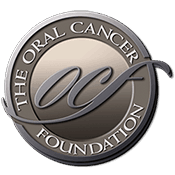Spit tobacco is not a quit-smoking solution
Source: News-record.com Author: Tead Eaves What do you think? Dr. Brad Rodu recommends spit tobacco use as a method to help with smoking cessation ("Smokers need the facts on alternatives," Ideas, April 19). This strategy, known as harm reduction, encourages spit tobacco as an alternative to cigarettes because of lower risks for severe health consequences. Although smoking cessation is very important, spit tobacco is not a safe alternative. There are numerous diseases and illnesses that have been scientifically linked to spit tobacco, including gingivitis, tooth decay, cardiovascular disease and oral, esophageal, pharyngeal, laryngeal, stomach and pancreatic cancer. The most dangerous of these health issues is oral cancer, which has a mortality rate of 54 percent within five years of diagnosis. The risk for developing oral cancer from spit tobacco has been found to be 14 times greater than the risk in nonusers. Besides the health risks associated with the use of spit tobacco, there are other concerns with harm reduction. There could be an increase in use among adolescents who think "smokeless is harmless" when it comes to spit tobacco, an overall increase in the use of tobacco by nonusers, and an increase in sales of high-nicotine products that raise the risk for addiction. In his research, Dr. Rodu has often discussed the effectiveness of harm-reduction programs in Sweden. While Swedish studies have indeed demonstrated decreased smoking levels through the use of spit tobacco, there are several differences between the two countries that make it difficult to compare the United [...]
